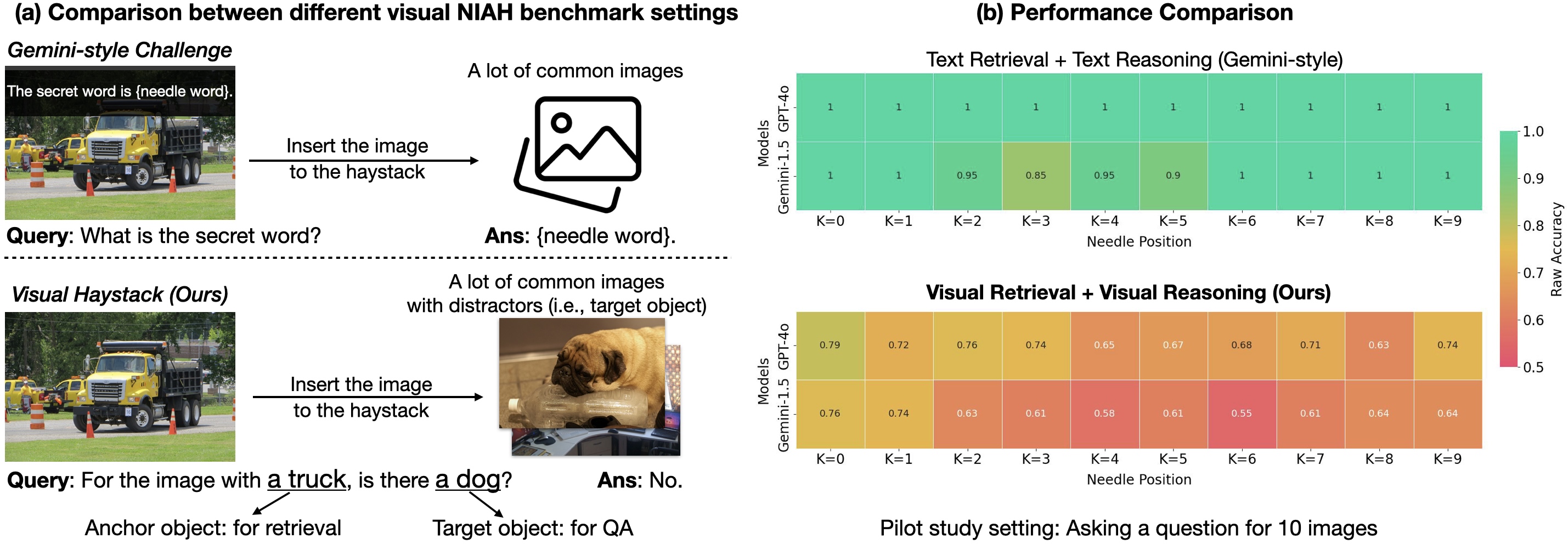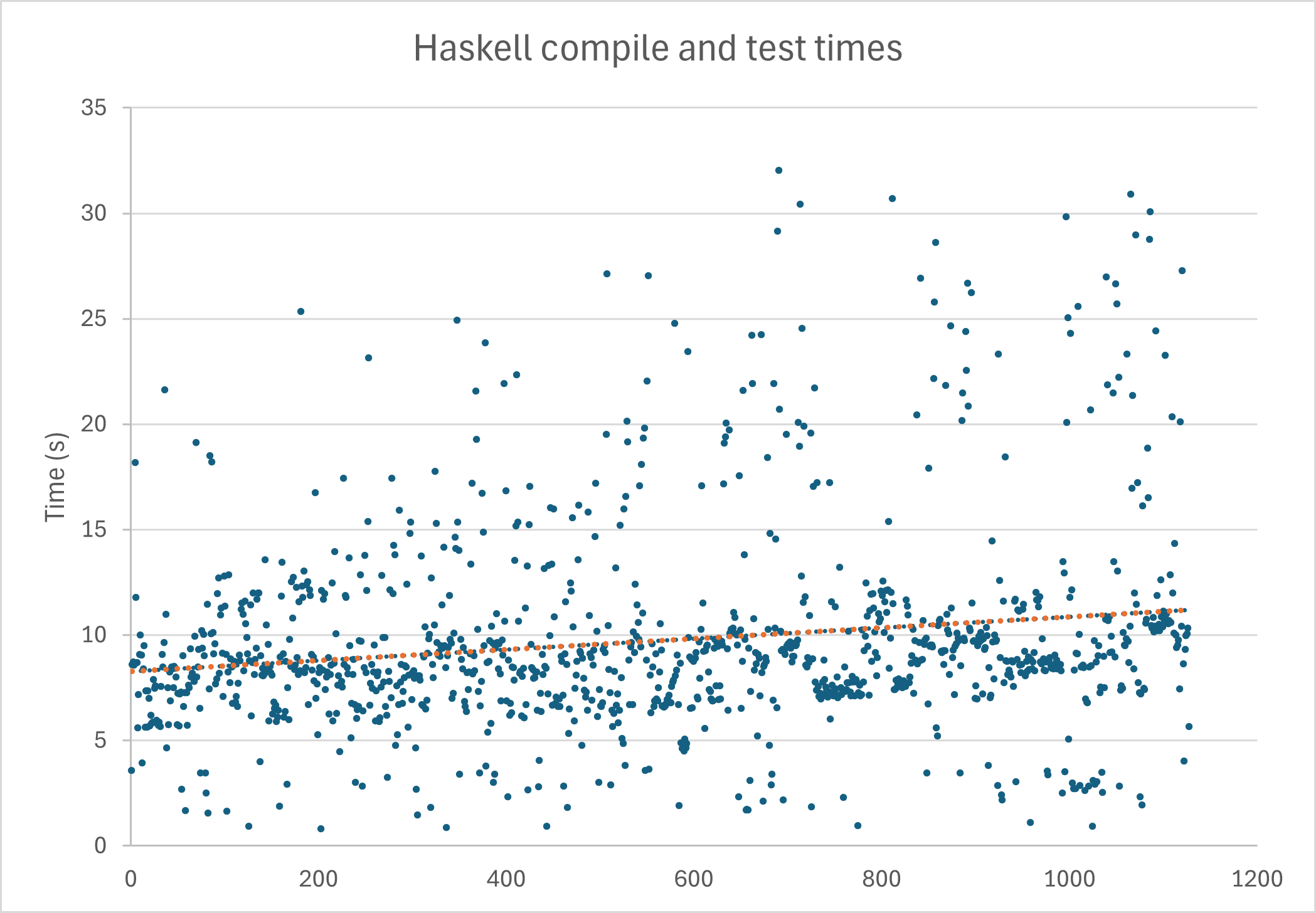AI Tools Help Scientists Predict the Evolution of Viruses
The COVID-19 pandemic highlighted a critical gap in our ability to effectively predict and respond to emerging infectious diseases. The devastating impact of the pandemic serves as a lasting reminder. However, as we move past COVID-19, other viruses or new mutations could still pose a threat. With virus outbreaks capable of emerging and evolving with unprecedented speed, the global health community faces an ongoing challenge to stay ahead. The stakes are high, as the ability to anticipate viral mutations and prepare effective countermeasures can mean the difference between containment and catastrophe. Since the pandemic, we have a powerful new ally at our disposal—artificial intelligence (AI). But can AI help predict the next pandemic? Can it help us prepare better to manage virus outbreaks? While researchers may not yet be able to achieve the holy grail of pandemic preparedness by predicting how new viruses will evolve just by looking at their genetic sequences, AI can help us foresee how existing viruses like SARS-CoV-2 and influenza may evolve. These viruses, particularly RNA viruses, mutate frequently, which sometimes allows them to evade host immunity and spread more rapidly. Anticipating a virus's evolutionary changes could enable researchers to develop vaccines and antiviral treatments in advance. “We want to know if we can anticipate the variation in viruses and forecast new variants — because if we can, that’s going to be extremely important for designing vaccines and therapies,” said Debora Marks, professor of systems biology at the Blavatnik Institute at HMS. Currently, AI can predict short-term successes of individual mutations, but it cannot yet foresee combinations of mutations that may occur far into the future. The arrival of AI-based protein-structure prediction tools, such as AlphaFold by DeepMind, and ESMFold by Meta, offers immense potential in our ability to predict viral evolution. Researchers at Harvard Medical School and the University of Oxford developed the AI-powered EVEscape tool to predict how viruses might mutate to evade the immune system. It combines evolutionary sequences, which show how similar viruses have evolved in the past, with biological and structural information about the current virus. The tool has already proven effective in predicting significant mutations during the COVID-19 pandemic and is now being used to forecast future variants of SARS-CoV-2 and other viruses. “We’re taking biological information about how the immune system works and layering it on our learnings from the broader evolutionary history of the virus,” explained co-lead researcher Nicole Thadani. These AI models analyze vast amounts of data to predict how proteins will fold and interact, helping scientists forecast potential mutations and their impacts. While not yet perfect, these tools are a significant step forward in our fight against evolving viruses. It’s encouraging that there is a substantial amount of data available to train these models, with researchers having close to 17 million sequences they can use to train their models. However, Yunlong Cao, an immunologist at Peking University in Beijing, believes we need more quality data to improve the accuracy of AI models. The AI models used for predicting viral evolution have a notable limitation. While they can predict the effects of small changes in a virus's genome, they struggle to anticipate sudden, major evolutionary leaps, such as the Omicron variant of SARS-CoV-2, which had more than 50 mutations. Along with more data, we might need more sophisticated AI models to predict all forms of viral evolution. David Robertson, a virologist at the University of Glasgow, and his team are refining AI models to comprehend these big evolutionary leaps and their limitations. Their goal is to swiftly recognize the mutation capacity of a virus and its adaptability at an early stage, helping anticipate and manage future threats more effectively. The scientific community is using AI tools in various ways to address viral evolution and pandemic preparedness. From predicting potential new variants to understanding how these changes might impact public health, AI's role is becoming more crucial than ever.

The COVID-19 pandemic highlighted a critical gap in our ability to effectively predict and respond to emerging infectious diseases. The devastating impact of the pandemic serves as a lasting reminder. However, as we move past COVID-19, other viruses or new mutations could still pose a threat.
With virus outbreaks capable of emerging and evolving with unprecedented speed, the global health community faces an ongoing challenge to stay ahead. The stakes are high, as the ability to anticipate viral mutations and prepare effective countermeasures can mean the difference between containment and catastrophe.
Since the pandemic, we have a powerful new ally at our disposal—artificial intelligence (AI). But can AI help predict the next pandemic? Can it help us prepare better to manage virus outbreaks?
While researchers may not yet be able to achieve the holy grail of pandemic preparedness by predicting how new viruses will evolve just by looking at their genetic sequences, AI can help us foresee how existing viruses like SARS-CoV-2 and influenza may evolve.
 These viruses, particularly RNA viruses, mutate frequently, which sometimes allows them to evade host immunity and spread more rapidly. Anticipating a virus's evolutionary changes could enable researchers to develop vaccines and antiviral treatments in advance.
These viruses, particularly RNA viruses, mutate frequently, which sometimes allows them to evade host immunity and spread more rapidly. Anticipating a virus's evolutionary changes could enable researchers to develop vaccines and antiviral treatments in advance.
“We want to know if we can anticipate the variation in viruses and forecast new variants — because if we can, that’s going to be extremely important for designing vaccines and therapies,” said Debora Marks, professor of systems biology at the Blavatnik Institute at HMS.
Currently, AI can predict short-term successes of individual mutations, but it cannot yet foresee combinations of mutations that may occur far into the future. The arrival of AI-based protein-structure prediction tools, such as AlphaFold by DeepMind, and ESMFold by Meta, offers immense potential in our ability to predict viral evolution.
Researchers at Harvard Medical School and the University of Oxford developed the AI-powered EVEscape tool to predict how viruses might mutate to evade the immune system. It combines evolutionary sequences, which show how similar viruses have evolved in the past, with biological and structural information about the current virus. The tool has already proven effective in predicting significant mutations during the COVID-19 pandemic and is now being used to forecast future variants of SARS-CoV-2 and other viruses.
“We’re taking biological information about how the immune system works and layering it on our learnings from the broader evolutionary history of the virus,” explained co-lead researcher Nicole Thadani.
 These AI models analyze vast amounts of data to predict how proteins will fold and interact, helping scientists forecast potential mutations and their impacts. While not yet perfect, these tools are a significant step forward in our fight against evolving viruses.
These AI models analyze vast amounts of data to predict how proteins will fold and interact, helping scientists forecast potential mutations and their impacts. While not yet perfect, these tools are a significant step forward in our fight against evolving viruses.
It’s encouraging that there is a substantial amount of data available to train these models, with researchers having close to 17 million sequences they can use to train their models. However, Yunlong Cao, an immunologist at Peking University in Beijing, believes we need more quality data to improve the accuracy of AI models.
The AI models used for predicting viral evolution have a notable limitation. While they can predict the effects of small changes in a virus's genome, they struggle to anticipate sudden, major evolutionary leaps, such as the Omicron variant of SARS-CoV-2, which had more than 50 mutations. Along with more data, we might need more sophisticated AI models to predict all forms of viral evolution.
David Robertson, a virologist at the University of Glasgow, and his team are refining AI models to comprehend these big evolutionary leaps and their limitations. Their goal is to swiftly recognize the mutation capacity of a virus and its adaptability at an early stage, helping anticipate and manage future threats more effectively. The scientific community is using AI tools in various ways to address viral evolution and pandemic preparedness. From predicting potential new variants to understanding how these changes might impact public health, AI's role is becoming more crucial than ever.








































/https://tf-cmsv2-smithsonianmag-media.s3.amazonaws.com/filer_public/f8/d1/f8d1d2d3-a902-4b87-bf28-aa399bb1a496/gettyimages-1086356814_web.jpg?#)
/https://tf-cmsv2-smithsonianmag-media.s3.amazonaws.com/filer_public/80/89/80890aba-62f9-4f41-8585-39d19a93f8e8/gettyimages-2160559347_web.jpg?#)


































